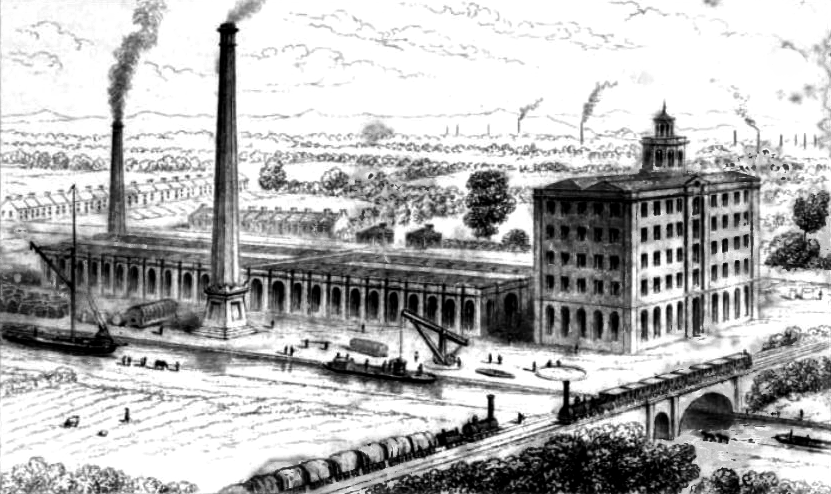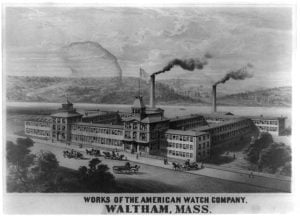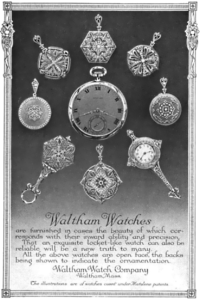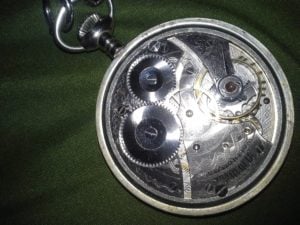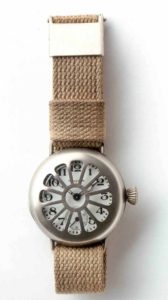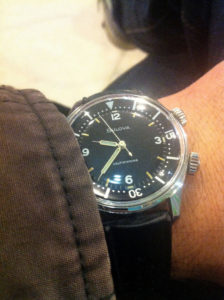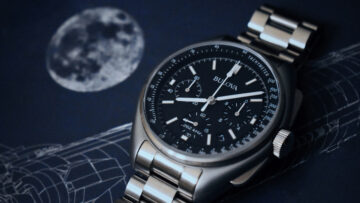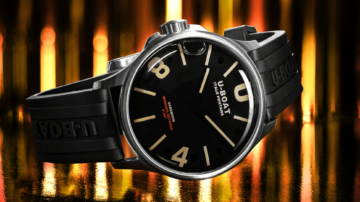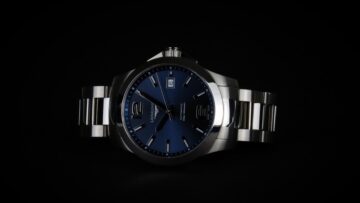The world of watchmaking is dominated by the Swiss and the Japanese, but the history of watchmaking is much more of an international story. We have covered the history of many aspects of the watchmaking industry, like the Swiss industry and Seiko, on these pages before. But today we will cover a country which is not often considered to be one of the top watchmaking nations.
The watchmaking industry in the United States is no longer known as one of the leading lights in the world. But the history of American watchmaking is incredibly important to the world of watches today. Some of the most important watch companies in the world owe a lot to the classic American watchmakers.
In today’s post we’ll take a look inside the history of American watchmaking.
The Origins of American Watchmaking
Watches never really took off in the United States in the 17th and 18th century, during this time the Swiss and British watchmakers ruled the watchmaking world. As noted in our post about British watches, the watches produced in Britain were not always the most fashionable but they were usually the most accurate. British watches were known as being bulky and unattractive, this left the Swiss to produce the watches for the more fashion conscious.
The best of these watches were sold in the European markets and only the cheap junk made its way to America. This meant that American watch connoisseurs were going to need to manufacture watches themselves if they wanted quality! The large scale manufacturing of American watches begun in the 1850’s in Waltham, Massachusetts. Waltham was the hotbed of the industrial revolution and was the perfect location for large scale American watchmaking.
Companies based in Waltham developed some of the most advanced tools and machines which were capable of cutting metal parts. These tools were used to help American watchmaking take off in 1854 when Aaron Dennison launched the Waltham Watch Company. This company produced the first 100% American-made watch. These tools also managed to spread to other industries and helped boost their output.
The methods developed during this time were state of the art and ensured that watch components could be produced precisely and efficiently. This wasn’t good news for Swiss and British manufacturers who found that their cheap “junk” was no longer selling. Surprised by this rapid decline in sales, a representative from Switzerland visited the 1876 Centennial Exposition in America to see what the Americans were doing. They were amazed by the Waltham Watch Company’s automated screw making machine. This machine was capable of creating quality screws which Swiss manufacturers (who still made components by hand) could not produce. Similar machines were manufactured in America for every part of the watchmaking process.
The American Watchmaking Influence on the World
British manufacturers shut up shop and decided to focus on their domestic market, but the Swiss were inspired by American watchmakers. Swiss watch factories were heavily influenced by the American model of watchmaking, incorporating machinery into the watchmaking process. However they did continue to make some of the more complicated watches by hand, as the American model required a machine for each part of the watchmaking process. This ensured that Swiss watchmakers continued to dominate in the market for watches with a large number of complications – a section of the market which American manufacturers did not attempt to win over.
The American influence was most clear in the more simple watches, where the level of automation in American watchmaking gave them a huge advantage. Swiss watch companies tried to compete with the Americans by producing “Swiss fakes” of American watches. By the early 1900’s Swiss manufacturers had managed to catch up to the Americans in terms of technology and the watch market was very competitive.
The Decline of American Watchmaking
One early downside to the American watchmaking model was that all of the components for watches were created and assembled in one factory. This was very different to the Swiss model in which watch components would be produced by different factories and assembled in-house. This was beneficial for Swiss manufacturers who could easily switch suppliers if there was a shortage of components, something the Americans were unable to do in a similar situation. This meant that Swiss companies did have opportunities to enter the market, but it was not easy to find American distributors or Jewellers willing to risk their relationship with the big American manufacturers.
The rise of wrist watches after World War I dealt a huge blow to American watchmaking. Swiss companies were quick off the mark in producing wrist watches, which had become popular after the war. The Waltham Watch Company was one of the manufacturers which struggled to make the transition to wrist watches and they finally went out of business in 1949.
Elgin, Hamilton and the Waterbury Clock Company became the American market leaders in the new wrist watch market of the 1920’s. But these companies were dealt a double blow over the next few decades. Firstly, the Great Depression made consumer goods like wrist watches luxuries that most consumers could not afford. Secondly, during World War II American watch manufacturers were needed to produce equipment for the war effort. As the war drew to a close and Americans had money to spend again, Swiss manufacturers were in a great position to capitalise on the gap in the American watch market.
This was a blow that the art of American watchmaking would struggle to recover from. Manufacturers lobbied congress in the hope of higher import tarriffs or a restriction on imports – but they were not successful. There was no doubt at this stage that Switzerland were in control of the world watch market – although that dominance would not last forever.
The one American company who survived after the war were the Waterbury Clock Company, who had renamed themselves the United States Time Corporation. This company survived by producing inexpensive disposable watches under the name “Timex”.
American Watchmaking Today
While few watches are made in America today, the impact that America has historically had on watchmaking can not be ignored. The machinary used to produce American watches helped influence Swiss manufacturers who have dominated the market ever since. For this reason, loved American brands like Waltham, Elgin and Bulova have survived, albeit in name only, till this day and are still large and incredibly popular watch brands.
Another influence that America have had on the watch market came from Timex. The market for inexpensive disposable watches was larger than expected and the United States Time Corporation renamed themselves Timex in 1969. This company was one of the only American watch companies to survive not only through the Swiss domination of the 50’s and 60’s but also the quartz revolution of the 70’s. Timex is now owned by a Dutch company, but they proved that American watchmaking could – as the Timex slogan said – “Take a lickin’ and keep on tickin’!” And there’s every possibility that American watchmaking may rise from the ashes and dominate the world of watches once again!
Images: , Deutsches Uhrenmuseum, Gautier

